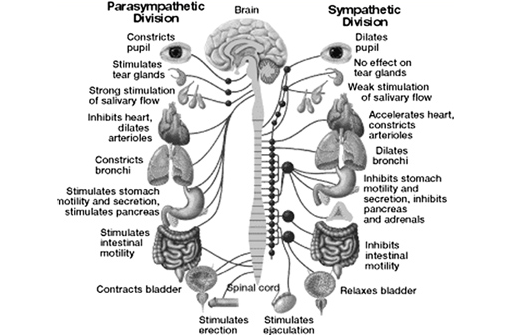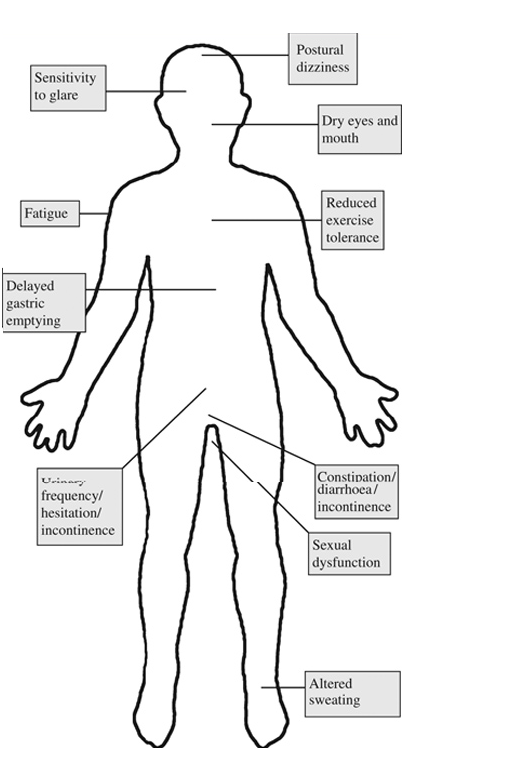Q:
Hi, I believe I may have pots or orthostatic intolerence and I was hoping you could tell me if I fit the requirements. While im laying down my heart rate is 66-70 but when I stand up it shoots up to 100. Blood starts pooling in my legs and hands and my feet will turn purple within 5 min of standing up, when I lay back down I get a pressure headache from the blood rushing back to my head, as soon as the blood is equal it goes back to normal. The only thing I don’t seem to have is low blood pressure, it stays the same at rest or standing, could I still have pots or ortho intolerance?
A:
There is more to POTS than just a rising heart rate with change of position. It also requires a drop in blood pressure (together called “Orthostatic symptoms”), and is often associated with a lot of other symptoms.
In people with POTS, the “autonomic system” seems to be out of balance and blood is not going to the right place at the right time to do what the body needs. To make the diagnosis, a host of other illnesses need to be excluded that include thyroid disease, cardiac disease, medication side effects and anxiety disorders, to name as few.
The autonomic nervous system is responsible for regulating a multitude of organs and functions throughout the body. Some of these functions include temperature, respiration, heart rate, blood pressure and the digestive tract. A patient experiencing ANS dysregulation may experience abnormalities in the many organs and functions the ANS regulates.
Symptoms that may be associated with Autonomic Dysfunction
There are a variety of tests that the POTS patient may undergo. Orthostatic symptoms are usually the most debilitating aspect of autonomic dysfunction. and for this reason the blood pressure and heart rate response to upright posture should be the starting point of any evaluation.
A Patient may be given various tests to determine how dysautonomia is affecting their heart. Sinus tachycardia commonly occurs in those with POTS. A patient may be asked to wear a Holter monitor to determine if their heart is functioning correctly. Irregular heart rhythms are recorded and then evaluated by a physician.
A stress test can be used to determine how exercise might affect the POTS patient. Sometimes an echocardiogram will be performed along with the stress test. This test helps physicians identify abnormalities in the heart’s structure and function.
One of the most commonly used techniques for assumption of orthostatic stress is head-upright tilt table testing (TTT). This testing requires specialized equipment, (i.e., a tilt table) and trained
technician/physical therapists for proper administration.
Hope this helps,
Dr T
http://www.cardiac-risk-assessment.com/


